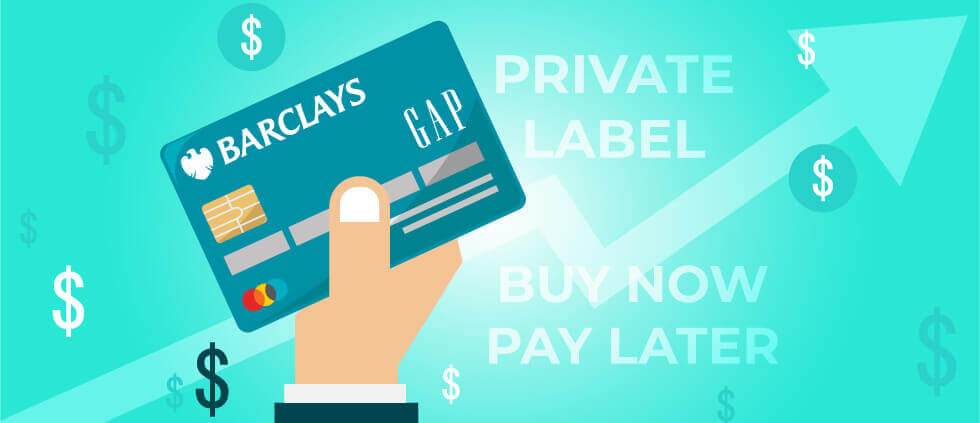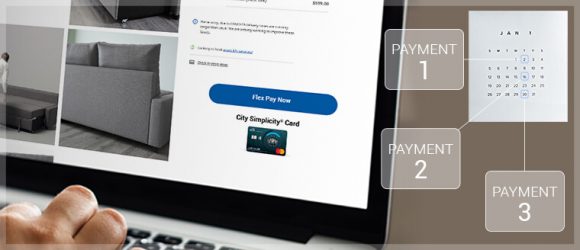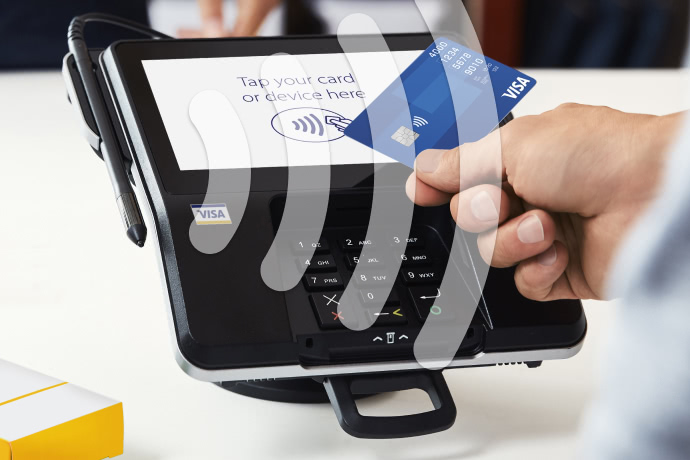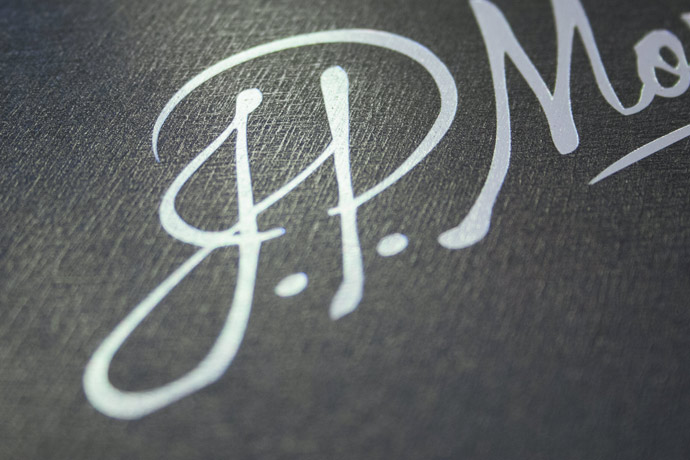Co-brand Cards and BNPL: New Growth Opportunities for Barclays US

New offerings from Barclays US include private-label co-brand credit cards and buy now pay later (BNPL) products – two signs the issuer is “aggressively expanding” in the U.S. market, as reported by Financial Times (FT). It sees both areas as growth opportunities, hoping to steal market share from its much larger competitors.
According to American Banker, Barclays US currently has 21 co-brand partners, including American Airlines, Jet Blue and AARP. However, according to FT, “Barclays remains a relative minnow in the U.S. market. Its $20 billion of assets place it as the ninth largest card provider in the country, far below market leaders Chase and Citi, which have more than $100 billion in card balances.”
We haven’t seen anything in-market yet, but we are keeping watch to see how Barclays and its partners will be marketing these co-brand credit card and BNPL products. As these offerings emerge, it will also be interesting to see how the market – including consumers, competitors and merchants – respond. In the meantime, let’s dive into the product offerings and see how Barclays’ strategy compares with others in the industry.
New co-brand partnership: Barclays US and The Gap
In May 2022, Barclays US will be launching a suite of new credit cards with The Gap. The portfolio includes both a co-branded card (with Mastercard) and a private label card for use at The Gap family of stores, including Banana Republic, Athleta and Old Navy.
As reported by American Banker, this is the first time Barclays US will “offer consumers a standalone private-label credit card that does not operate on an open-loop network like Visa or Mastercard.” In the article, Barclays US Consumer Bank CEO Denny Nealon calls the private label card “a critical component of the full spectrum of lending solutions” and points to cobranding as “the company’s core [U.S.] strategy.” The approach, says Reuters, is “a way for Barclays to gain customers in a market where its own branding lacks the reach of incumbent rivals such as JPMorgan and Citibank.”
Partnering with a retailer like The Gap may also indicate that Barclays US is diversifying its co-brand card portfolio. American Banker reports that Barclays is refocusing after losing its NFL, Uber and Apple co-brands. (Apple phased out the Barclaycard with Apple Rewards product when it created the Apple Card with Goldman Sachs.) American Bankers says Barclays US is working on “an assortment of more stable, middle-market travel and retail cobranded card partners.” According to an industry analyst cited by American Banker, “Considering the effects of the pandemic and rising inflation, Barclays US could benefit from this strategy of going after middle-income consumers with practical cobranded cards that generate rewards and typically have no annual fee. There’s definitely room for middle-tier credit cards to grow as people watch their costs.”
(Barclays US is already trying to appeal to the middle-income consumers in how it currently promotes its online savings accounts. Messaging on the site highlights “no monthly maintenance fees” and “no minimum balances” and offers tools, like the Barclays saving assistant, to help consumers build their savings.)
New BNPL option: White-label approach from Barclays US and Amount
In April 2021, Barclays US announced it would partner with Amount to “become one of the first major U.S. banks to offer point-of-sale (POS) financing installment options.” The announcement emphasized the significance of the partners’ merchant-friendly white-label approach: “Barclays will be one of the first providers to offer merchants the option of a POS payment under the merchant’s own brand, which presents a unique opportunity for them to deepen connections with their customers.” Nealon explains it this way in the press release, the white-label product from Barclays US and Amount “presents an opportunity to drive more customer loyalty and intimacy with the brand that will help them drive sales.”
As co-brand card experts, our team at Media Logic is deeply familiar with the power of brand affinity and the value of brand loyalists, and we’re intrigued by this possible differentiator in the highly competitive BNPL space. Though it says, “PayPal’s move is similar,” PYMNTS describes Barclays’ entry this way: “Standing apart in the field for Barclays will be a challenge — though one its partnership with Amount may be able to successfully enable… Barclays may also benefit from its willingness to stand in the shadows and offer its solution as a white label to merchants — as their willingness to let merchants own the customer relationship could certainly prove appealing, particularly when ranked against the BNPL offerings that pull the consumer out of the regular flow of commerce at the point of conversion.”
Takeaways
These moves by Barclays US are related to a convergence of opportunities spotted within a challenging environment. FIs must be positioned to respond to new consumer preferences (including habits related to the ongoing COVID-19 pandemic) and to counter competition from fintech. In both instances, Barclays’ strategy is in line with what we’re seeing already from U.S. issuers.
emarketer reports that the pandemic-influenced move away from travel cards “could be a common strategy among issuers as the travel industry struggles to recover from the coronavirus pandemic.” It says, “Many of Barclays’ cobranded cards are with companies like airlines, resorts and cruise lines. Bringing in Gap helps Barclays become less reliant on the travel industry’s recovery.” Barclays isn’t alone here: As reported by Business Insider in January, Capital One and JPMorgan also made big co-brand announcements outside the travel space with deals with BJ’s Wholesale Club and Instacart, respectively.
And when it comes to competing with fintech, Barclays’ partnership with Amount takes direct aim at the business these challengers have captured. The press release quotes Amount CEO Adam Hughes: “There have been seismic changes across the payments landscape with consumers embracing and expecting seamless digital experiences,” calling POS “the next battleground in consumer financing.” In a separate announcement, Hughes calls point-of-sale financing 2020’s “hottest sector in FinTech” and positions the Barclays US partnership as an example of how traditional banks can respond to the trend and compete with fintech.
We also think another dynamic is at work in the Barclays US co-brand and BNPL strategy: increasing desire from merchants for innovation in both payments and the customer experience. The Gap says its partnership with Barclays US will help it to “enhance its rewards program to attract new customers and create enduring relationships to turn its customers into lifelong loyalists” and to “innovate its loyalty and payments capabilities to drive customer engagement.” Business Insider reports that “retailers like BJ’s may be looking to work with issuers that offer distinct capabilities that can boost spending. Capital One, for example, offers strong rewards tied to ecommerce—a key focus for retailers during the pandemic.”








